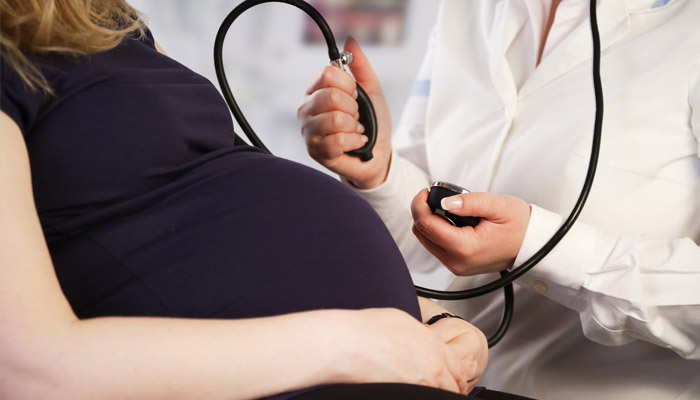
Everything You Need to Know About Preeclampsia
Every woman wants a healthy, flawless pregnancy. Unfortunately, a lot of us experience a few bumps in the road. One of the problems women experience is preeclampsia. Here’s what you need to know.
What is Preeclampsia?
Preeclampsia is an issue that only occurs during pregnancy. It is a condition of developing or worsening high blood pressure in the latter half of pregnancy. Preeclampsia has also been called “toxemia of pregnancy.”
Why Preeclampsia is Dangerous
High blood pressure is always something to avoid, but it’s especially concerning during pregnancy because it can effectively prevent your baby from getting proper nourishment and oxygen. Babies may be born early and underweight. Worsening cases of preeclampsia pose even greater threats.
Mothers also suffer negative symptoms. The higher your blood pressure, the greater the chances your kidneys will struggle with proper function. Some women experience changes in their blood, such as dying red blood cells (which leads to anemia) and decreased platelets (causing excessive bleeding and trouble clotting). If your platelet count is too low, you could experience uncontrollable bleeding during delivery.
Severe cases of preeclampsia can cause the placenta to pull away from the wall of the uterus. This is referred to as a placental abruption. During a placental abruption, both mother and baby can experience severe bleeding and death.
Eclampsia
When preeclampsia evolves further, it’s considered eclampsia. With this happens, women will begin to have life-threatening seizures in addition to other blood-pressure related symptoms. During a seizure, both mother and baby can be deprived of oxygen and suffer serious brain damage or death.
Risk Factors for Preeclampsia
As many as 5 percent of women in the United States experience preeclampsia during their pregnancies. Any pregnant woman can develop it, but you’re at a higher risk if you:
- Have never had a child before.
- Have a sister (or if your mother) had preeclampsia or eclampsia during pregnancy.
- Are having twins.
- Are younger than 20 or older than 40.
- Are African-American.
- Have existing high blood pressure, diabetes, or kidney disease.
- Have a BMI greater than 30.
Having regular check-ups will ensure any blood pressure issue can be treated before it causes any problems. If you are diagnosed with preeclampsia, there are treatments that can protect you and your baby. Expect more lab work, blood tests, and monitoring.
Preeclampsia can be scary, so it’s important for you to visit with your OB/GYN regularly. You also should try to eat healthy and exercise before becoming pregnant or during your pregnancy, although late-term exercise is may be restricted.
